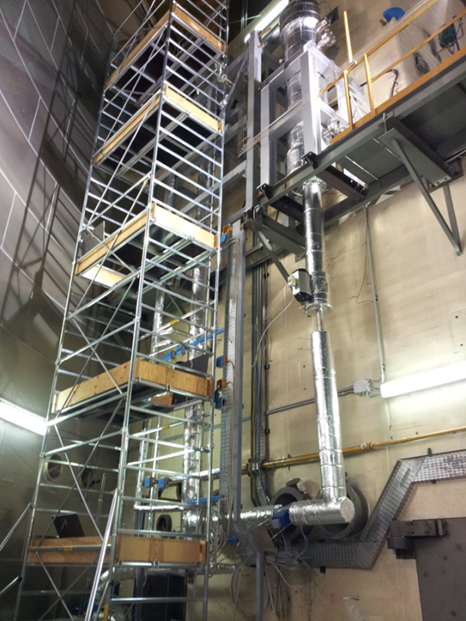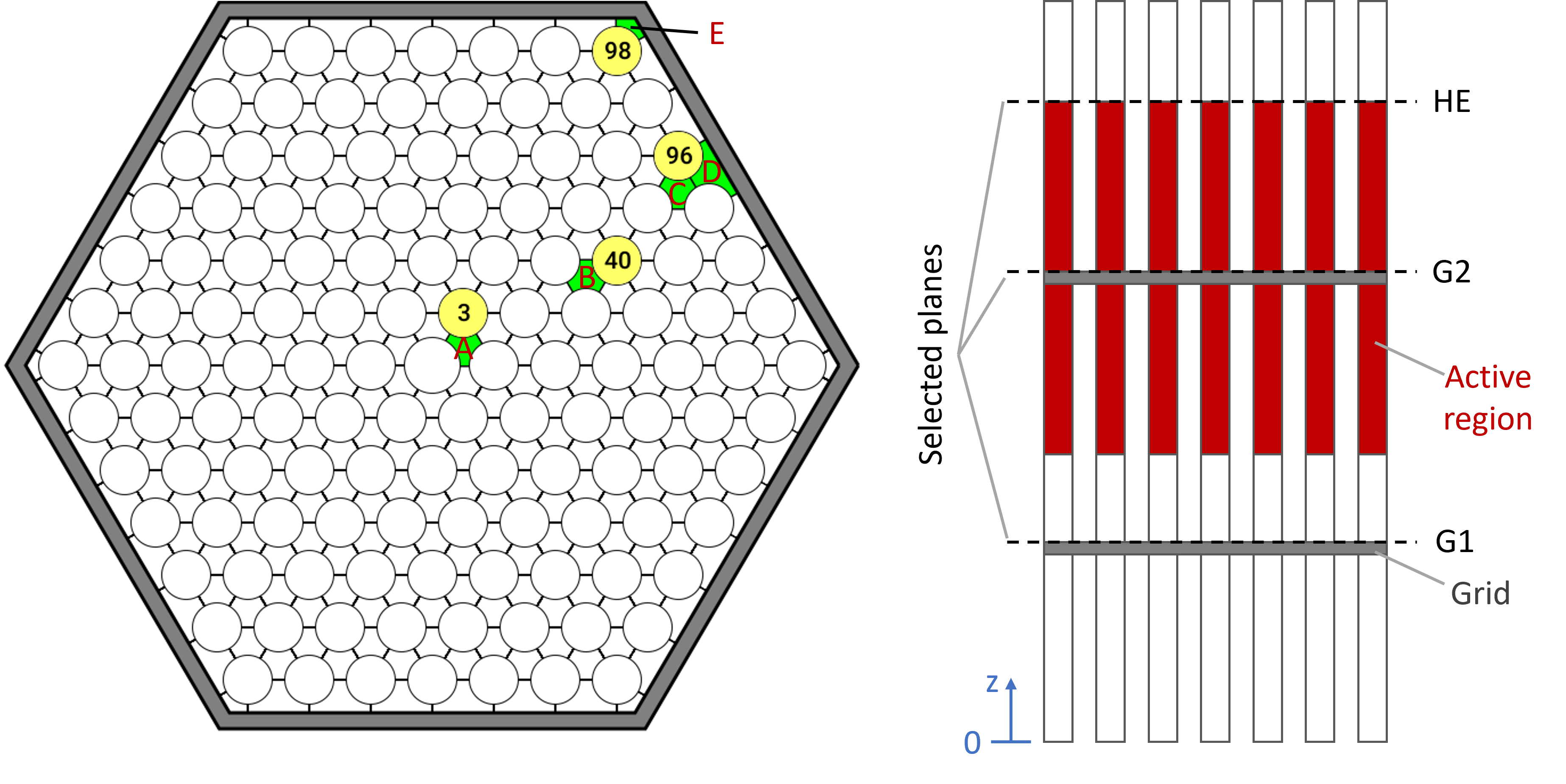International Benchmarks on LFR
In the context of international organizations such as the International Atomic Energy Agency (IAEA) and the Nuclear Energy Agency (NEA) of the Organization for Economic Cooperation and Development (OECD), three international benchmarks focused on the neutronics and thermal-hydraulics of lead-cooled fast reactors (LFR) have been recently launched under the coordination of ENEA. As a member of the IAEA’s Technical Working Group on Fast Reactors (TWG-FR) and of the OECD/NEA’s Working Party on Scientific Issues and Uncertainty Analysis of Reactor Systems (WPRS), ENEA has in fact assumed the role of coordinator in three benchmarks dealing with key topics of the LFR technology.
A short description of these benchmarks is provided below:
1. IAEA’s Benchmark of Transition from Forced to Natural Circulation Experiment with Heavy Liquid Metal Loop

This benchmark, launched as a coordinated research project (CRP) in May 2022, is focused on thermal-hydraulic analysis of the tests performed at the forced to natural circulation experimental (NACIE) facility at ENEA in 2017 (Fig.1). The transient analysis of the thermal-hydraulic phenomena simulated and measured in the NACIE loop tests provides an excellent opportunity for the validation of physical and mathematical models and numerical simulation codes upon experimental data. This benchmark involves different organizations from 11 countries (namely Belgium, China, Germany, India, Italy, Netherlands, Republic of Korea, Romania, Russian Federation, Switzerland, and United States of America) sharing the general objective of improving their analytical capabilities in the field of simulation of fast reactors cooled by heavy liquid metals (HLMs), and more specifically of
- contributing to the validation of simulation codes and models;
- investigating the applicability of existing codes to HLM coolants;
- assessing the heat transfer in wire-wrapped fuel assemblies.
2. OECD/NEA’s LFR neutronics benchmark
This benchmark, launched as specific action of an ad hoc task force established under the Expert Group on Physics of Reactor Systems (EGPRS) of the WPRS in May 2022, is focused on assessing the knowledge about, and the capabilities of correctively analyzing, the physics of a lead-cooled fast reactor core. Because of the shortage of publicly available experimental data, the benchmark is based on code-to-code comparisons, when applied to a series of cases, with growing level of complexity/detail, based on the core of the Advanced Lead-cooled Fast Reactor European Demonstrator (ALFRED) as reference system. The benchmark will progressively build the in-depth understanding of the physics of an LFR core by progressively analyzing:
- an elementary cell, made of a fuel pin surrounded by its coolant sub-channel;
- a whole fuel assembly cell, and supercells including non-multiplying assemblies (e.g., control rods);
- the whole core.
At each stage, key elementary and integral parameters will be estimated, such as the effective cross-sections of the main isotopes, the key criticality factors and reactivity effects, flux and power distributions, and burnup effects. Additionally, sensitivity and uncertainty analyses of all above parameters are considered for all partners willing to deepen their understanding.
3. OECD/NEA’s LFR thermal-hydraulics benchmark
This benchmark was launched in May 2023 as specific action of an ad hoc task force established under the Expert Group on Reactor Core Thermal-Hydraulics and Mechanics (EGTHM) of the WPRS, and is focused on assessing the knowledge about, and the capabilities of correctively analyzing, the thermal-hydraulics of an LFR fuel assembly.
As for the neutronics’ benchmark, the reference system is ALFRED and it is organized in three phases of progressively increasing spatial scale:

- grid-spacers scale: separate effect validation of grid-spacers dynamic modelling based on Texas A&M University experiment on 127-rods grid-spaced bundle with Westinghouse Electric Company provided spacers;
- fuel assembly scale: parametric study of the ALFRED fuel assembly (Fig.2);
- facility scale: integral validation against experimental data in the ENEA’s lead bismuth-cooled CIRCE facility.
The benchmark is closely linked with the neutronics’ one so to, in the future, allow for multi-physics exercises.
Giacomo Grasso
ENEA
giacomo.grasso@enea.it